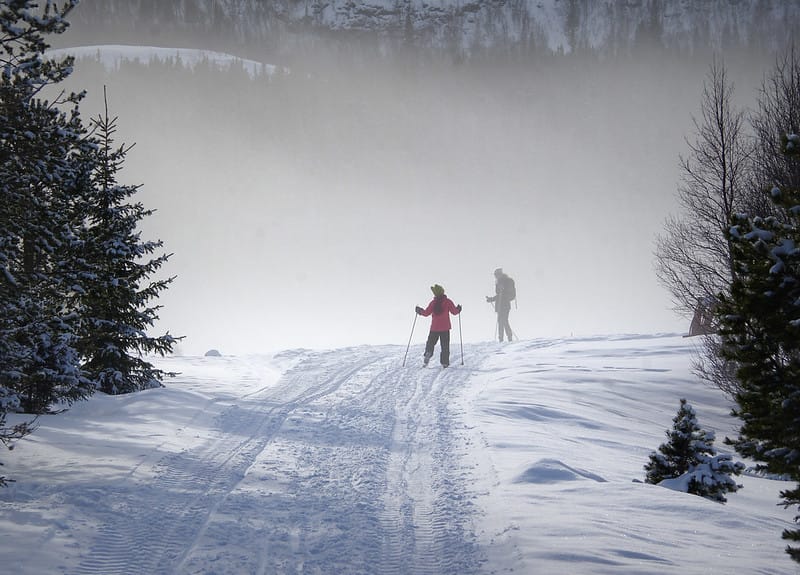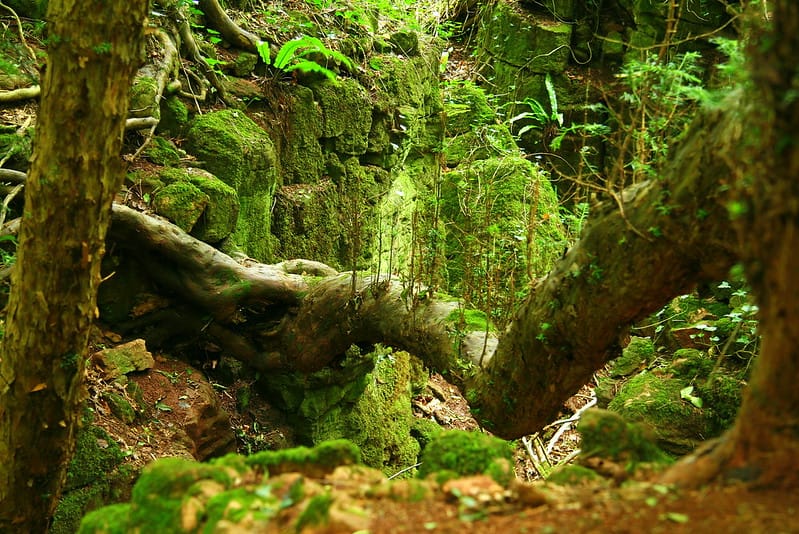
Meet the people rewilding death
How human burial can unlock swathes of land for restoring nature – and maybe, one day, for lynx.
Attending the burial of a relative, Will Brown was struck by a feeling of disconnect.
The ceremony was traditional, almost Victorian – and it jarred. “This was a person who loved nature, was hugely optimistic in life, and the burial didn’t reflect that at all,” says Brown.
This idea of death is staunchly embedded in British culture. It’s a world of graveyards, weeping angels and floral arrangements – and, nowadays, of urns and crematoriums.
Not only do these traditions often miss the mark for individuals and grieving families, but they can also be harmful to the planet. Embalming fluid is toxic to humans and the environment (indeed, the EU has posed restrictions on its use), while cremating a body contributes to climate change.
Natural and woodland burials leave a lighter ecological footprint, and are on the rise as a sustainable alternative to traditional burials – but for Brown, they don’t go far enough.
After the funeral, he began to consider death anew. Did these ceremonies have to be so expensive and stressful? Why were British traditions so removed from nature, at this moment when our bodies return to the earth? And why do we try to minimise the harm caused by death, rather than maximising the good?
An innovation consultant based in Glasgow, Brown isn’t an obvious candidate to reform the funeral industry. But he’d recently got involved in Extinction Rebellion, and realised that he could have the greatest impact by using his design skills, rather than protesting on the streets and getting arrested.
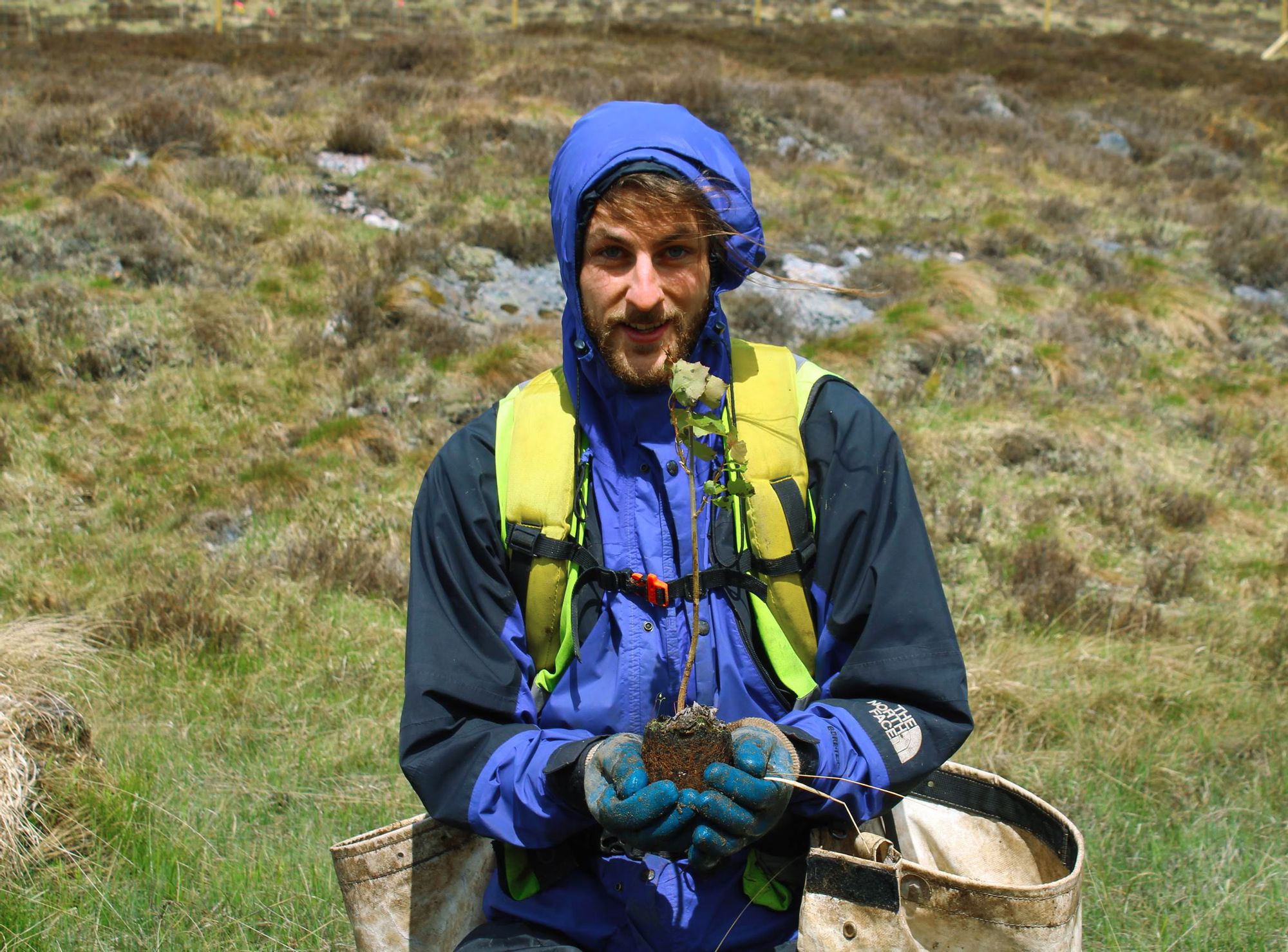
So, at the start of 2020, Return To Nature was born. This is a burial company with a difference: it aims to rewild the land where the bodies are interred.
“It flips the woodland burial model,” says Brown. “Instead of maximising the number of people within a land area, it is about trying to maximise the amount of land that can be given to an individual person for an affordable price.”
In a world where rewilding efforts are generally led by wealthy landowners and, in some cases, by communities buying out land, this is a new and innovative model. Rather than depending on philanthropy or fundraising, Return to Nature will generate an income from the land by simply leaving it – and the dead buried within – in peace.
The focus is on Scotland, and particularly on areas of ecologically degraded land currently given over to deer-hunting and grouse-shooting.
Brown is working with landowners, including around Lanarkshire, Argyll and Bute, and Perthshire, to get the scheme off the ground. In the future, he plans to use some of the money raised through burials to acquire land himself.
Depending on which partnerships he pulls off, burial plots should cost around £2,500 and cover an acre of ground. That’s more expensive than a woodland burial, but cheaper than an ordinary funeral and burial, which averages around £5,000.
He already has dozens of people signed up to a waiting list, who will get first access when the project is ready to launch. Customers are allocated their specific plot straightaway, meaning that they can watch the land regenerate within their own lifetimes; after death, their location will be marked unobtrusively, such as through carvings on a pre-existing stone.
“Essentially, you’re creating the positive change now, kickstarting the restoration process, so when you do die, it’s already had 50 years of regeneration and growth, becoming a very beautiful place while capturing carbon as well,” says Brown.
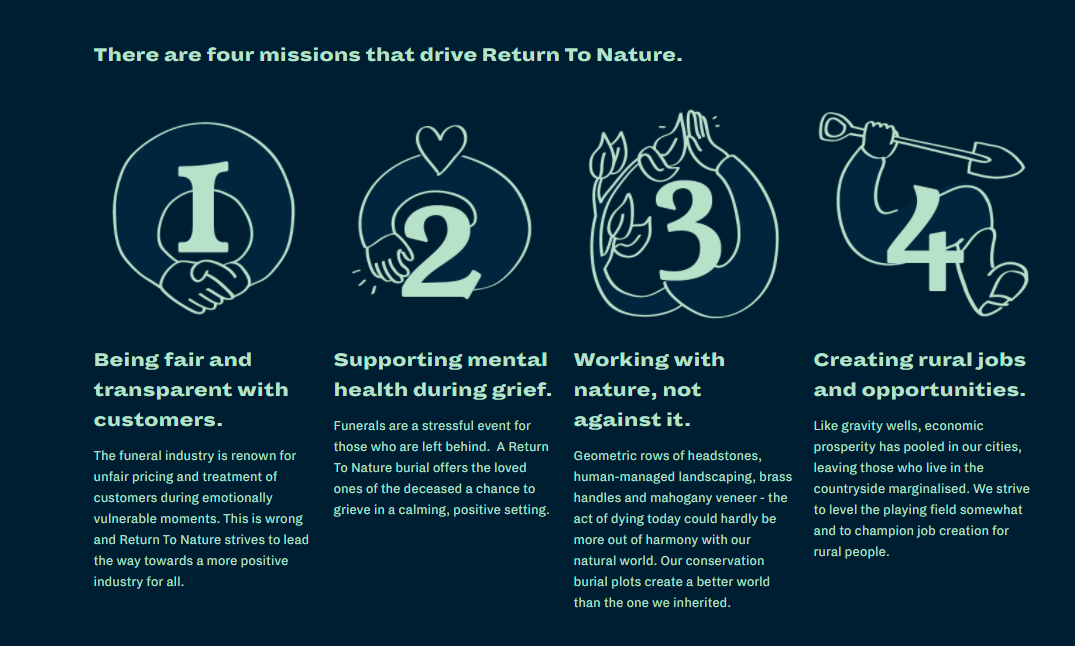
Money not spent on land acquisition will be spent on rewilding the land; while this process focuses on reestablishing ecosystem processes, the degraded state of the land means that nature often needs a little push in the right direction.
Brown wants to prioritise tree-planting, to build up a seed source within the landscape, while also fencing out deer of certain areas so that vegetation can naturally regenerate. Later down the line, he sees these wild burial plots as a potential location for species reintroductions, including lynx.
As nature flourishes in the absence of human activity, Brown hopes to create a space where grievers can heal alongside the planet itself. He’s mindful of the positive impacts that nature can have on mental health, and believes it could also have a soothing influence during the shock and sorrow of bereavement.
“We don’t like to think about death because it’s not nice,” he says. “I’m hoping to create something that’s inherently really positive, because we’re talking about the healing of our landscape and climate, and that’s something I hope people want to engage with.”
Through rewilding, a small number of deceased people have the potential to restore large swathes of land. But, of course, death’s main impact on the landscape will continue to be felt through traditional burials, both past and present.
Cities and suburbs contain graveyards of all varieties, whether that’s an old churchyard, a military cemetery, or a garden commemorating the mass burial of medieval paupers. Meanwhile, most people continue to be buried in the usual way, their remains marked by a headstone or plaque without a lichen in sight.
Often, these cemeteries provide valuable green space in a crowded urban environment – yet little work has been done to assess the habitats and ecosystems they provide, says Meg Cathcart-James, a PhD student and mortuary assistant based in Reading. She is researching these enclaves, in the hope that, in the future, they will be protected for their ecological as well as their cultural values.
“Land management in graveyards is up to the site managers’ discretion a lot of the time,” she says. These individual decisions can have a huge impact on the areas’ ecology: some are left to go wild, while others are trimmed to artificial perfection.
“One of the issues with the management of burial grounds is, unfortunately, people’s view of a place being looked after means it has to be tidy. If a place is unruly, it implies it’s not being cared for,” says Cathcart-James. “If you think of the manicured lawns, the plastic flowers, the well-pruned trees, you’re basically talking about it being a green desert for wildlife.”
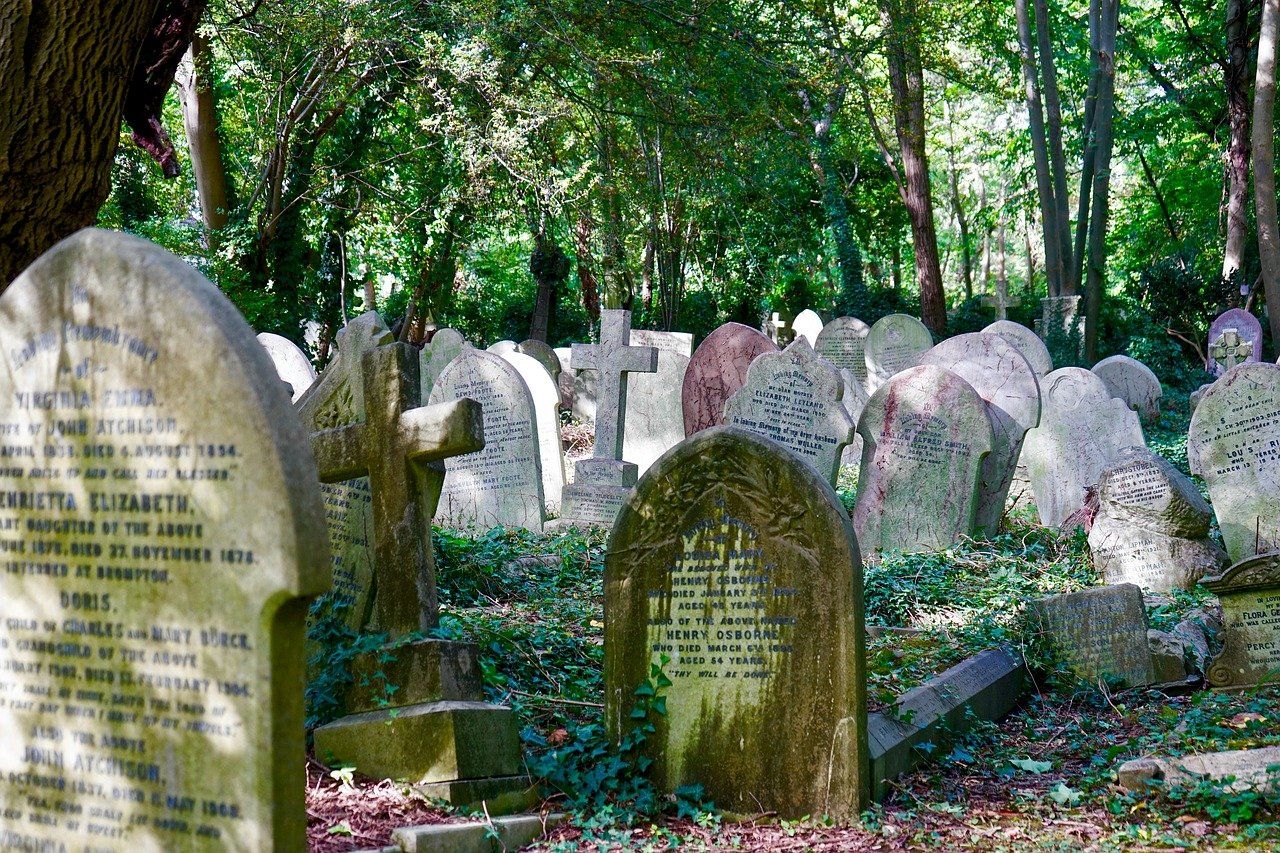
Her research so far – which has involved measuring beetle abundance using pitfall traps at around 20 cemeteries – has shown that these management decisions are more influential than the size, or even the age, of the site in terms of ecological health. But the story is complicated: she’s currently measuring other species and collecting soil samples to find out how to give graveyard nature the best chance of life.
Just like Brown, she has discovered that a good death, ecologically-speaking, is woven within a complex labyrinth of grief, culture and ritual. It’s a maze she’s learned to navigate through her work at her local mortuary, where she tends to the deceased and their families. A job that she initially took to fund her PhD has since assumed a larger role in her life and work.
“It explains a lot about why things are the way they are. I can understand better why people feel the way they do about burial grounds – the importance they have and the way people use them. It’s steeped in tradition and history,” she says.
“As an ecologist, I think it’s helped me to understand the social side of it: the impact on the living as well as the dead.”
Return To Nature is actively looking for more people to join the waitlist for a rewilding burial plot.
Image credits: Will Brown, Mike’s Photography
Subscribe to our newsletter
Members receive our premium weekly digest of nature news from across Britain.
Comments
Sign in or become a Inkcap Journal member to join the conversation.
Just enter your email below to get a log in link.


